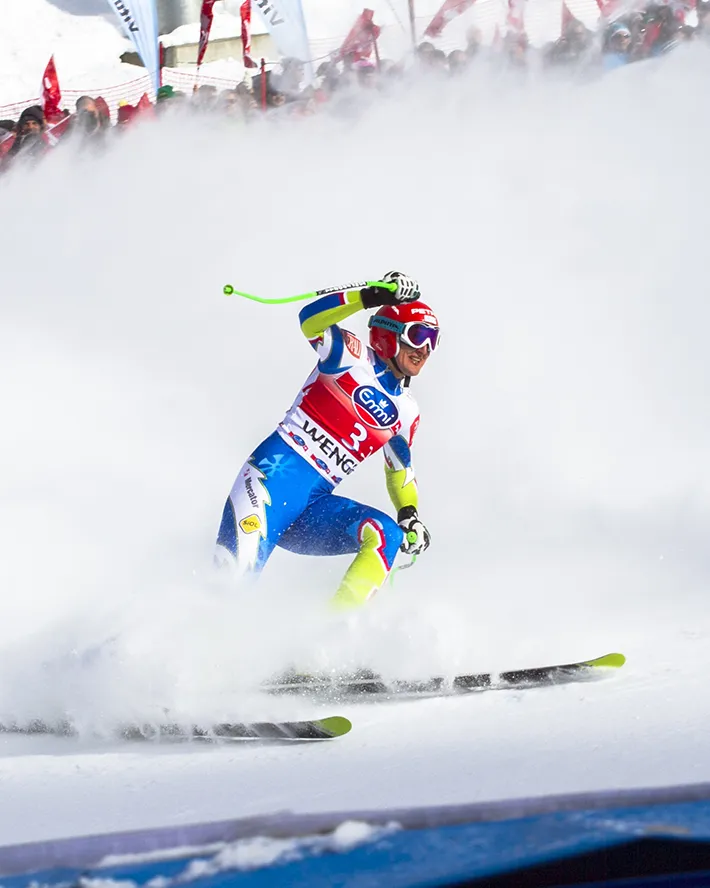Ski racing has a rich history dating back to the early 20th century, when the sport first began to gain popularity in Europe and North America. Over the years, many legendary ski racers have emerged, pushing the boundaries of what was thought to be possible and leaving a lasting impact on the sport. In this blog post, we will take a look at some of the pioneers who changed the game and helped shape the sport of ski racing into what it is today.
Safe travel routines in avalanche terrain
Even on days and slopes that you've assessed to be safe, for example, where there are none of the red flags that I mentioned here and when the avalanche bulletin is favourable, it's important to remember that there is always some risk whenever you are travelling in terrain that's capable of producing an avalanche. However, by incorporating the following five relatively simple precautions in your travel routines, you can reduce this risk to a minimum:
1. Keep your distance. Keeping good spacing between members of the group means that if the worst does happen and a slide occurs, hopefully only one person will be involved, leaving the rest of the party to perform a recovery as quickly as possible.
2. Move between islands of safety. Aim to travel from one piece of safe terrain to another. These "islands of safety" can be, for example, just below rocky outcrops, heavily forrested areas, or relatively flat terrain that is not threatened by steeper slopes above. Whenever you stop as a group, you should aim to be in one of these safe areas.
3. Keep in visual contact. You need to know what's happening to your travel companions, and they need to know what's happening to you. Wait at a safe point for your buddies to catch up before you head off out of sight. This is also a critical rule in terrain where there are tree-wells (deep bowls that form around tree trunks in areas with very high snowfall)- in North America, several people a year are killed by "snow immersion" when they fall into these unseen (see, for example, this article).
4. Safe routes. Where there's a choice, take the safest, low angled terrain. Remember that this is especially important when ascending, as you'll be spending a lot of time of the slope. For obvious reasons, never travel directly above or below another person or group- you don't want to be the cause of or collateral damage from someone else's misfortune.
5. Communicate. Talk about where you're going, why you've decided to go there, how you're going there. Listen to reservations and suggestions, be inclusive.
Remember these simple routines to keep safe and have fun!


